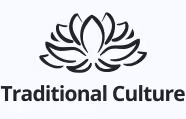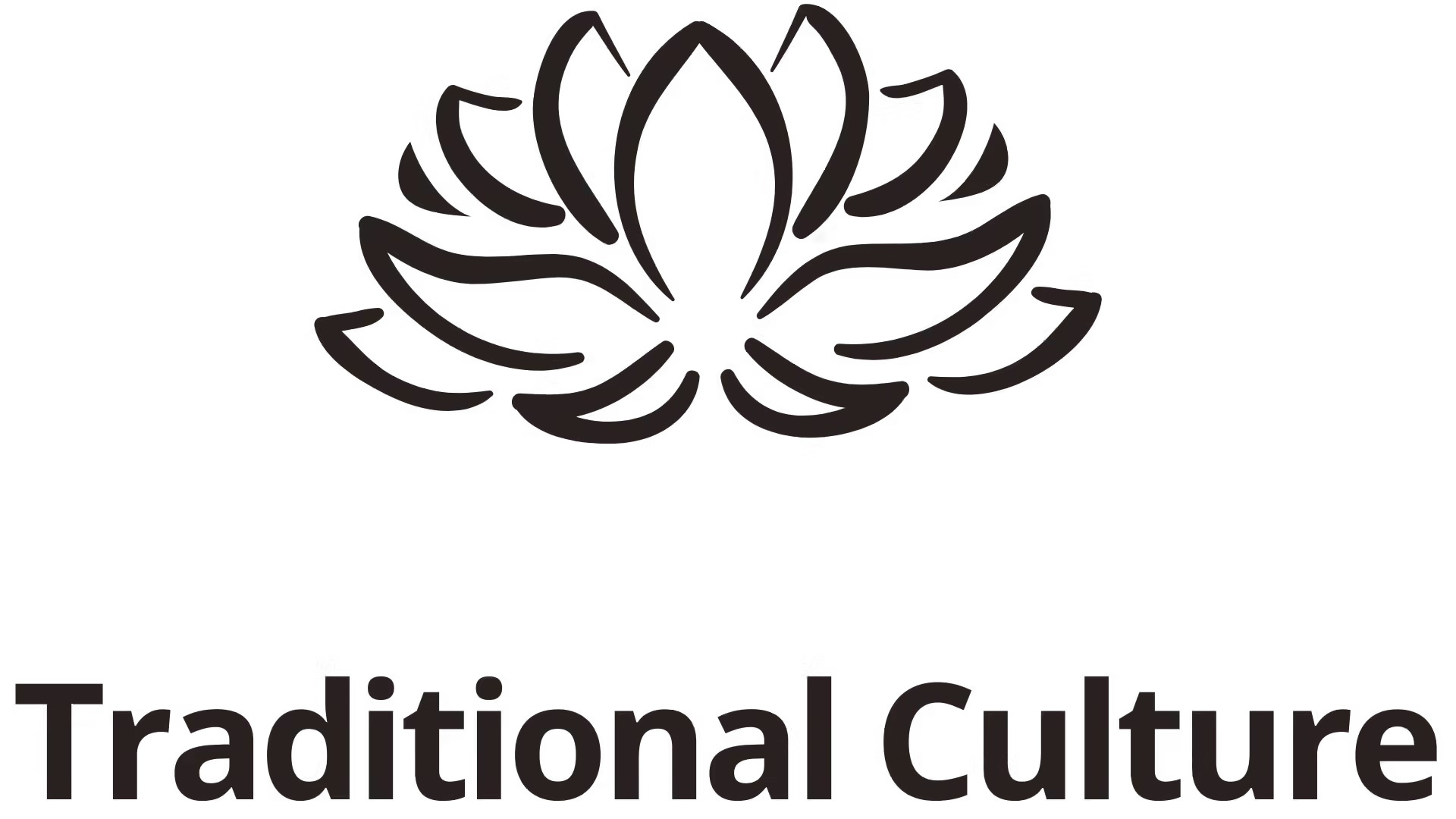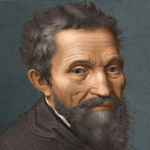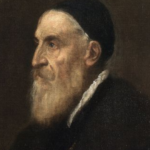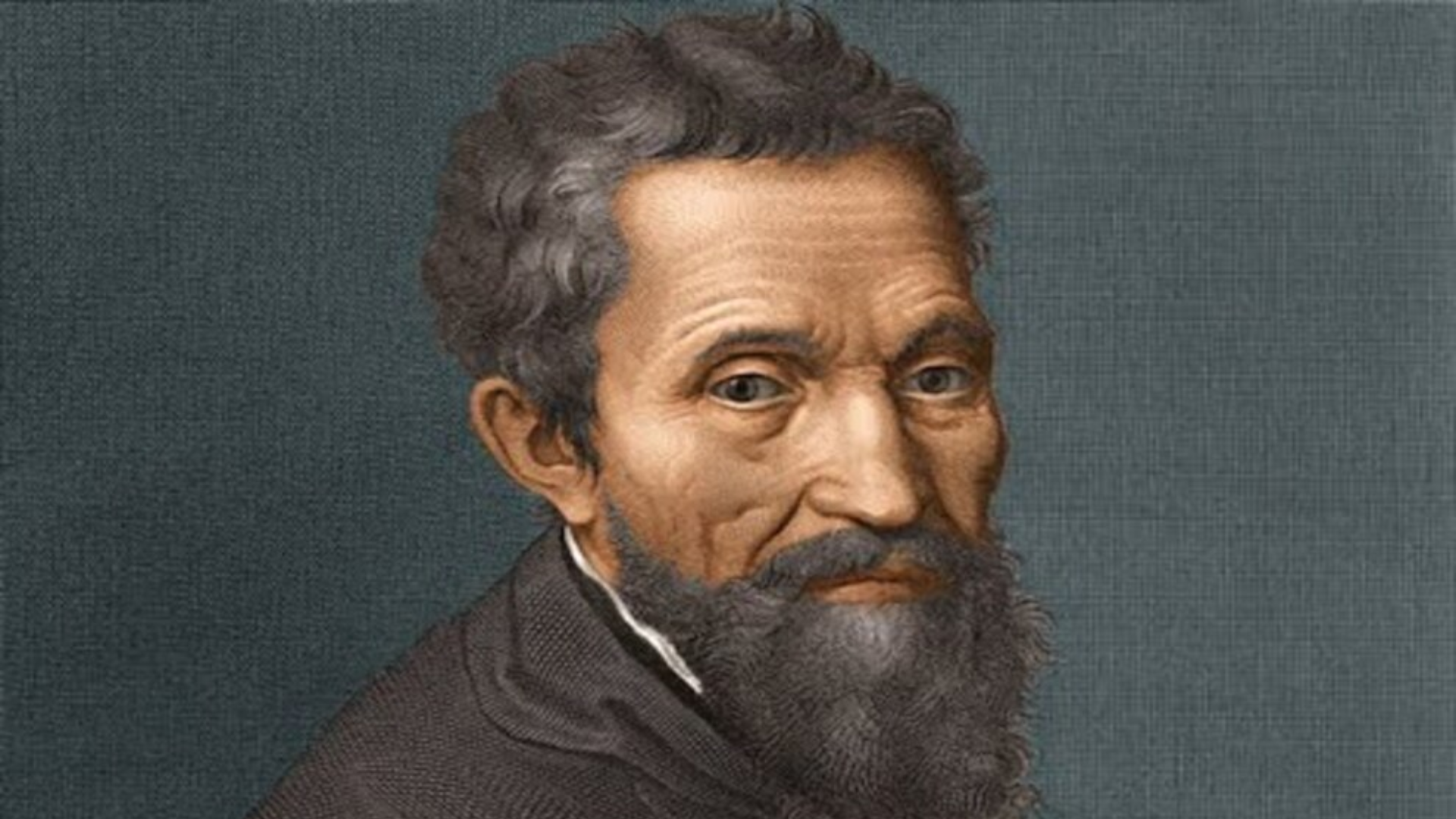Raphael, an Italian painter and architect, is celebrated as one of the most significant artists of the Renaissance period. His contributions to art, particularly in painting and architecture, have left an indelible mark on the cultural landscape of Western civilization. Born in 1483, his career was tragically cut short when he passed away at the young age of 37 in 1520 due to a fever; yet, his legacy continues to inspire countless generations of artists and admirers alike. This article delves into the multifaceted life of Raphael, exploring his artistic genius, architectural vision, and his enduring cultural impact.
The Artistic Genius of Raphael
Raphael’s artistic prowess can be likened to that of a musical prodigy who, despite a brief existence, composes symphonies that resonate through time. His works embody harmony, balance, and clarity—qualities that define the very essence of the Renaissance movement. In particular, his ability to portray the human figure with exquisite detail and emotion has set a standard for realism in art.
The Notion of Harmony in Art
Harmony is a central theme in Raphael’s work. It transcends mere visual balance; it encapsulates emotional resonance and intellectual engagement. Each painting serves as a dialog between elements, colors, and forms, creating a unified whole that draws viewers into its embrace.
The impact of this harmonious approach is profound. It invites the observer to not only view but to feel—an experience that goes beyond superficial appreciation. The viewer becomes part of the artwork, interacting with themes that are timeless and universal. This connection elicits deep emotions, speaking to our collective human experience, which makes Raphael’s works transcend mere aesthetic appeal.
The Human Figure: A Masterclass in Realism
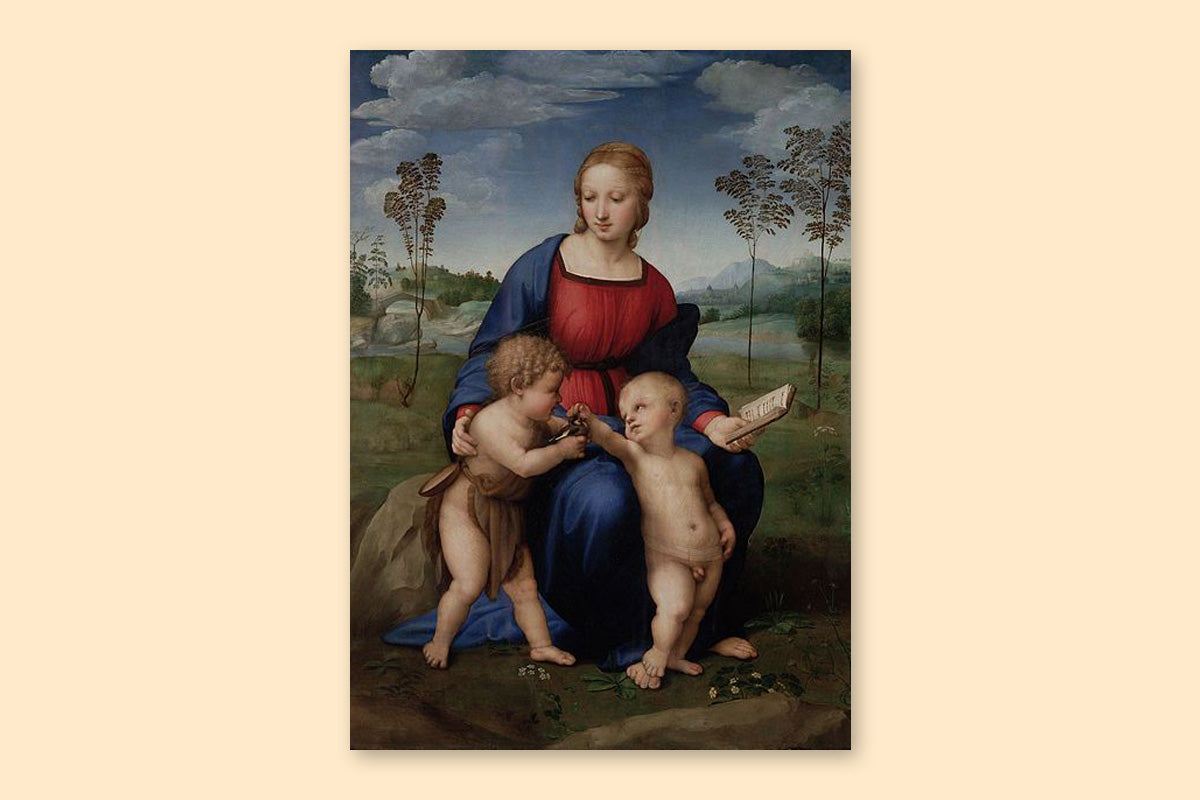
Raphael’s mastery of the human figure stands as one of the defining features of his artistic legacy. His ability to depict the human form with grace, naturalism, and idealized beauty reflects the Renaissance pursuit of harmony and proportion. Through his study of anatomy, movement, and expression, Raphael elevated the portrayal of figures beyond mere representation. He infused them with warmth and emotional depth, making them feel alive and accessible to viewers.
A prime example of this can be seen in his series of Madonnas, where he seamlessly blends realism with idealization. In The Madonna of the Goldfinch, the figures of the Virgin Mary and the Christ Child exhibit lifelike softness in their features, while their gestures convey tenderness and intimacy. The delicate modeling of their faces, achieved through Raphael’s refined use of sfumato, creates a natural transition of light and shadow, enhancing their three-dimensional presence. Similarly, in The Sistine Madonna, the weight and posture of the figures are meticulously rendered, making them appear both ethereal and physically real. The Virgin’s flowing drapery and gentle expression exude serenity, while the cherubs at the bottom—despite their idealized forms—carry a playful realism that makes them relatable.
Evoking Emotion Through Color and Light
Color and light play critical roles in Raphael’s artistic narrative. He skillfully manipulates these elements to evoke specific emotions and enhance the storytelling aspect of his pieces.
For instance, the use of soft, warm tones in his religious paintings creates a sense of peace and serenity, inviting viewers to contemplate the divinity of the moment. Conversely, sharper contrasts can heighten drama, emphasizing the gravity of a scene. This dynamic interaction between color, light, and subject matter engages viewers on a sensory level, making them active participants in the experience rather than passive observers.
The Architectural Visionary
Not only was Raphael an accomplished painter, but he was also a visionary architect responsible for significant designs in Rome. His work in this domain illustrates how art and architecture are intertwined, each influencing the other. This duality of skill suggests that a true artist must not just confine themselves to one medium; instead, they should explore the potential of different forms of expression.
Blending Art and Architecture
During the Renaissance, the boundaries between various artistic disciplines began to blur, and Raphael embodied this amalgamation beautifully. His architectural projects, such as the design of the Chigi Chapel in Santa Maria del Popolo, showcase his ability to harmonize structure with artistry.
In these designs, architectural forms do not merely serve functional purposes; they embody aesthetic principles that evoke beauty and splendor. By integrating painting and architecture, Raphael created environments that are immersive—spaces that invite spiritual reflection while simultaneously captivating the eye. This synthesis of multiple disciplines establishes him as a pioneer whose influence resonates across diverse fields.
Monumental Frescoes: Translating Genius into Large-Scale Works
One of the hallmarks of Raphael’s later years was his monumental frescoes for the papal chambers. These expansive works represent a remarkable feat of artistic translation, moving from canvas to wall while maintaining the same energy and dynamism inherent in his more intimate pieces.
The School of Athens, perhaps the most famous of these frescoes, embodies classical philosophy through brilliantly rendered figures and architectural grandeur. Here, Raphael brought together great minds of antiquity within a single frame, celebrating the interconnectedness of knowledge and creativity. Such grandeur showcases not only his technical skill but also his ability to convey complex ideas through accessible imagery.
Legacy of Architectural Principles
The principles of composition and proportion that Raphael so masterfully employed have become foundational teachings in art education worldwide. His architectural style emphasized symmetry, balance, and a harmonious relationship between function and form, principles that are still relevant today.
By exploring the intricacies of Raphael’s architectural vision, we gain insight into the ways in which art can shape our environments. It reminds us that spaces are not just physical constructs but emotional experiences that can uplift and inspire. The dialogue between art and architecture continues to evolve, yet Rafael’s innovations remain a reference point for modern practitioners seeking to create harmonious and meaningful spaces.
Cultural Impact and Legacy

Raphael’s influence extends far beyond his lifetime, shaping the trajectory of art and culture. His paintings, especially the famed Madonnas, continue to serve as archetypes for subsequent generations of artists.
Timeless Themes in Raphael’s Work
The universality of themes found in Raphael’s work, such as love, motherhood, and spirituality, resonates deeply, creating connections that transcend time and geography. This enduring relevance underscores the power of art to evoke shared insights and foster empathy.
Moreover, the depth of themes in his work encourages artists to seek out universal narratives that resonate with broad audiences. By doing so, they invite diverse interpretations and connections across cultures, enhancing the cultural dialogue that art fosters. Raphael’s legacy reminds us that creative expression holds the power to communicate ideals that transcend individual experiences, enriching the fabric of society as a whole.
Influences on Future Generations of Artists
The foundations that Raphael laid for future artists are immeasurable. His adherence to principles of composition, proportion, and emotional depth has influenced countless figures in the art world, from the Baroque masters to contemporary creators. Even as modern art evolves beyond traditional frameworks, his methodologies continue to offer valuable lessons for aspiring artists.
While contemporary artists experiment with new techniques and ideas, studying Raphael and other classical painters provides insight into the enduring principles of great art. This interplay between tradition and innovation ensures that his influence remains a guiding force for new generations in their creative journeys.
Conclusion
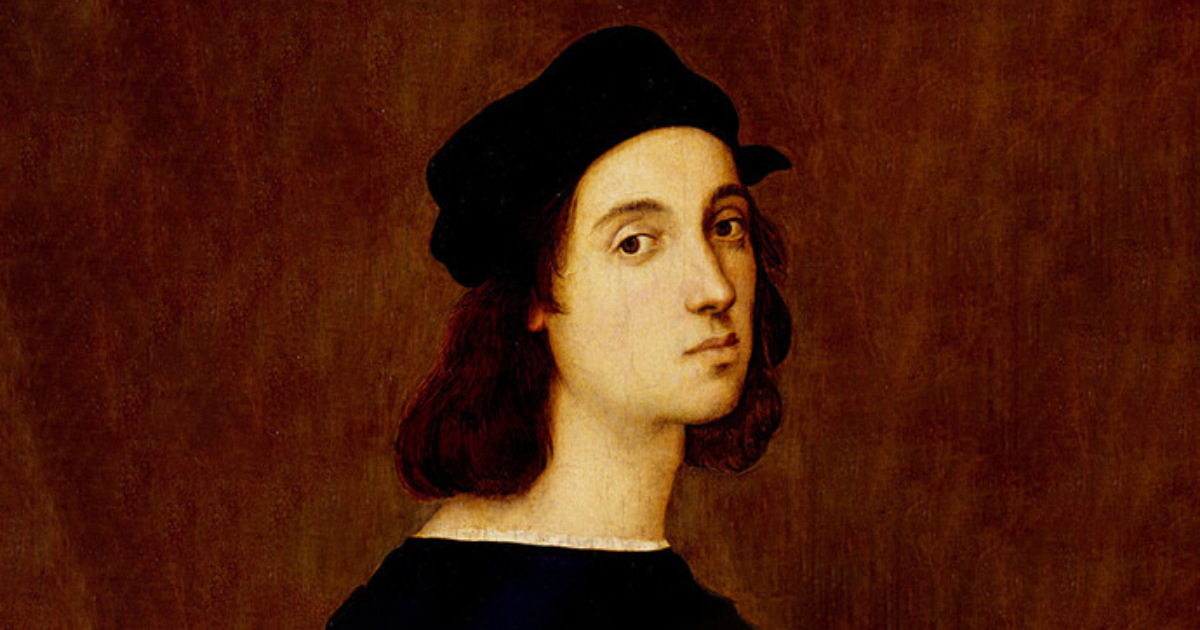
By delving into the life and legacy of Raphael, we uncover a multifaceted figure whose art not only reflects the ideals of his time but also engages in a dialogue with the future. His story stands as a testament to the idea that while genius may come in fleeting moments, its impact can echo through time, transcending the confines of mortality itself. From the harmonious compositions of his paintings to the architectural marvels he designed, Raphael’s contributions remind us of the profound connection between art, humanity, and the shared experience of existence. In a world that endlessly seeks beauty and meaning, his legacy beckons us to reflect on our own relationships with creativity, mortality, and the enduring power of artistic expression.

